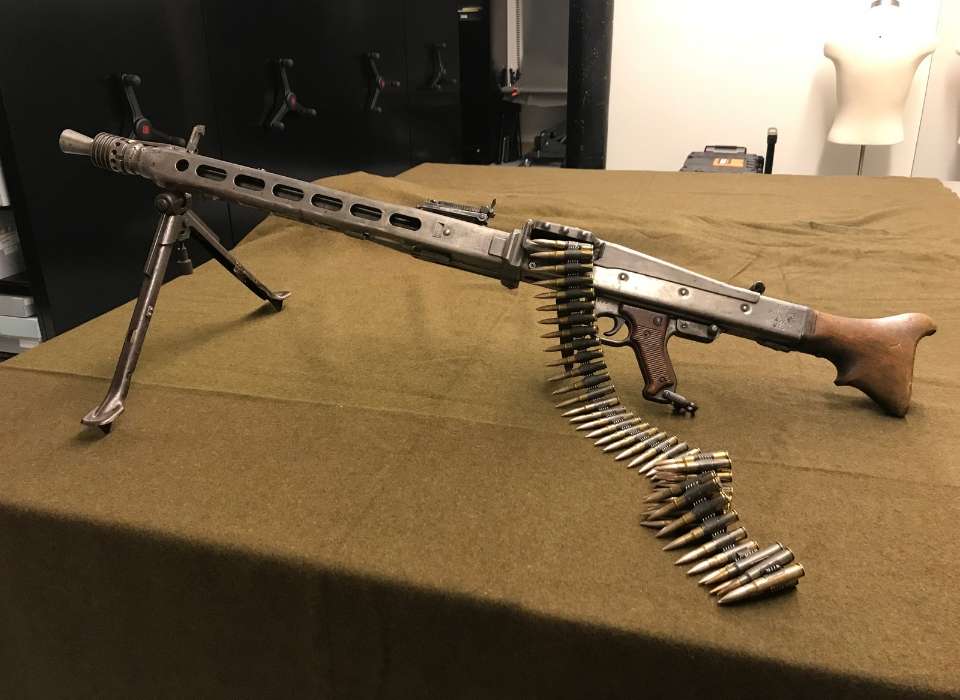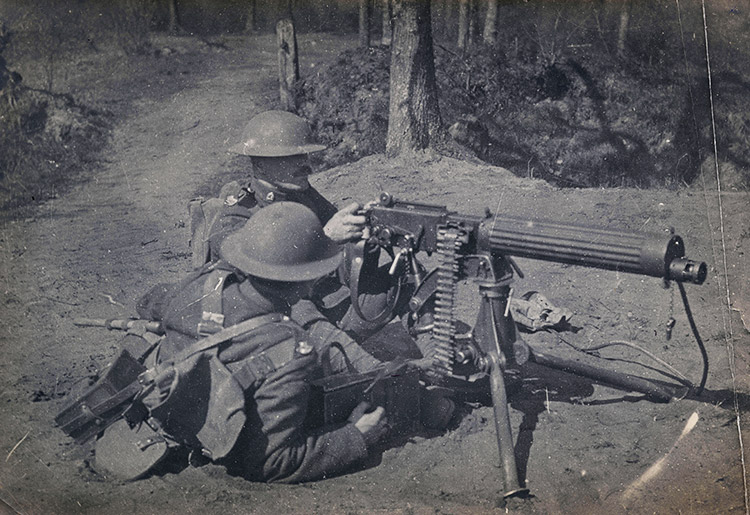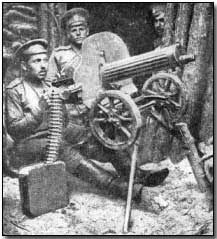Depending on the gunner and conditions, a barrel change could be required as typically as every 200 to 250 rounds. When the hot barrel was gotten rid of, it was set aside up until it was cool enough to use again. Machine-gun teams would have as many as six spare barrels on hand.
Driving through a just recently secured area in Belgium, the observant Liniewski found the deserted weapon in a field. Liniewski then did what any unsupervised GI would have performed in that position; he stopped his truck and took the chance to snag a fantastic keepsake for the folks back house. As a support soldier, Liniewski was not familiar enough with weapons to disassemble his MG-42, so he hung on to it for a while up until he found a camp where German prisoners of war were being held.
The weapon remained in the Liniewski family till 2016 when his son Marty contributed the weapon to the Museum. In spite of its propensity to get too hot, the MG-42 was an excellent weapon that was light-years of ahead of the US equivalent, the Browning M-1919A4 gatling gun. Germany produced approximately 400,000 MG-42s throughout the war, some of which are still in active service.

Taken together, all these weapons offered the Red Army a more practical variety of support weapons, better able to challenge the Germans for fire supremacy on the battleground. Fully detailed, this research study describes the innovation and the methods of these gatling gun. Kept in mind authority Chris Mc, Nab sets out how these gatling gun were dispersed and tactically applied and supplies various examples of the weapons in action, from attack teams on the streets of Stalingrad to tank crews having a hard time for survival at Kursk.
What Does 8 Heavy Machine-guns Of Wwi Do?
Illustrated with high-quality pictures and specially commissioned art work, this is a deep analysis of these vital tools of warfare within the Soviet forces.
Taken together, all these weapons provided the Red Army a more useful series of support weapons, much better able to challenge the Germans for fire superiority on the battlefield. Totally illustrated, this study describes the technology and the tactics of these maker guns. Noted authority Chris Mc, Nab sets out how these gatling gun were dispersed and tactically used and provides various examples of the weapons in action, from assault teams on the streets of Stalingrad to tank teams struggling for survival at Kursk.
Illustrated with high-quality pictures and specifically commissioned art work, this is a deep analysis of these necessary tools of warfare within the Soviet forces.
The gatling gun business, commanded by a captain, had an assigned strength of six commissioned officers and 172 gotten men, and carried 16 guns, 4 of which were spares. Within the company there were three platoons and a headquarters section. A first lieutenant led the very first squad, while second lieutenants led armies 2 and three.
What Does Weapons Of War: Machine Guns Do?


Within each area were 2 weapon teams, each with one weapon and nine guys, led by corporals. The gun squad had one combat cart, pulled by a mule, to transport its gun and ammunition as close to the shooting position as opponent fire permitted. From there the teams moved the weapons and ammunition forward by hand.
It had only 2 business, identical to the other machine weapon business in terms of personnel and weapons. Each gun squad used an unique motor automobile to transport its workers, weapon and devices.
In this function the guns were placed 300 to 1000 meters to the back of the cutting edge. When they utilized their guns because style, the device weapon officers typically encountered opposition from the rifle company leaders, who preferred to have the weapons further forward, fearing that their infantrymen would be at risk of roaming low rounds as they advanced under the overhead device gun fire.
Furthermore, they quickly discovered that the maker guns were high priority targets for opponent fire, and that it was useful to have the guns at some distance from the infantry positions. Given that enemy maker guns posed the best threat to the assaulting troops, the gatling gun teams made every effort to find the opponent guns and to focus their fire upon them.
The Ultimate Guide To World War I: Changes In Modern Warfare
A percentage of the guns was kept back as a reserve under command of the gatling gun officer. 6Machine gun tactical teaching determined that in the defense the Hotchkiss weapons should only rarely lie within 100 lawns of the cutting edge which a minimum of two-thirds of the weapons need to be echeloned back through the entire protective position, situated so that surrounding weapons would be equally supporting.

7 To discover other functions on the go to our THE DOUGHBOY CENTER wants to continually expand this function. Additions and talk about these pages may be directed to:.
I was impaled on this. My only worry was that he would press the trigger which would have made a hell of a mess. In the meantime, my sergeant who was near he saw me; was available in close; shot the fellow and after that hoisted me, with the assistance of another male, off the bayonet.
He was dead and it wasn't pleasant. A bayonet injury straight it goes in it harms and the withdrawal is most likely even more anguish than the 'putting in' since the 'putting in' is instantaneous. Another type of weapon was the trench club. These could be used on trench raids and in close quarter fighting.